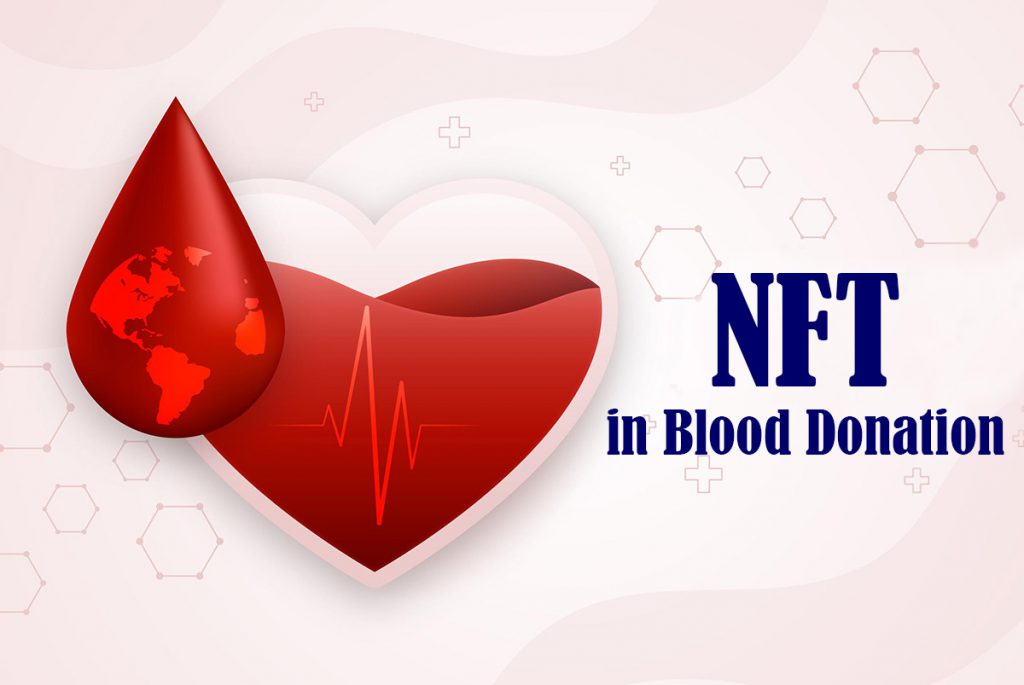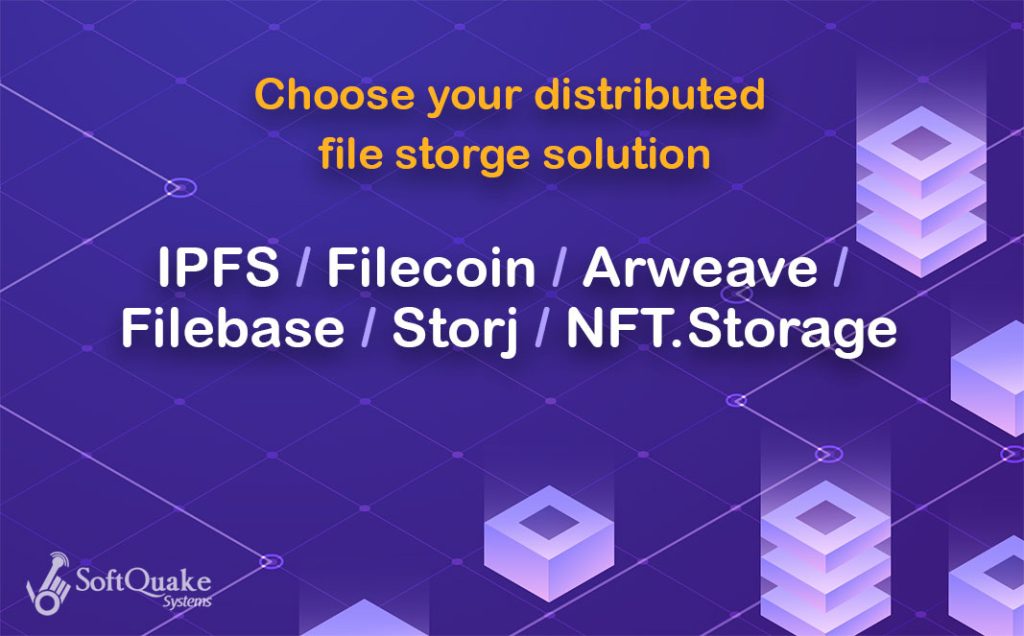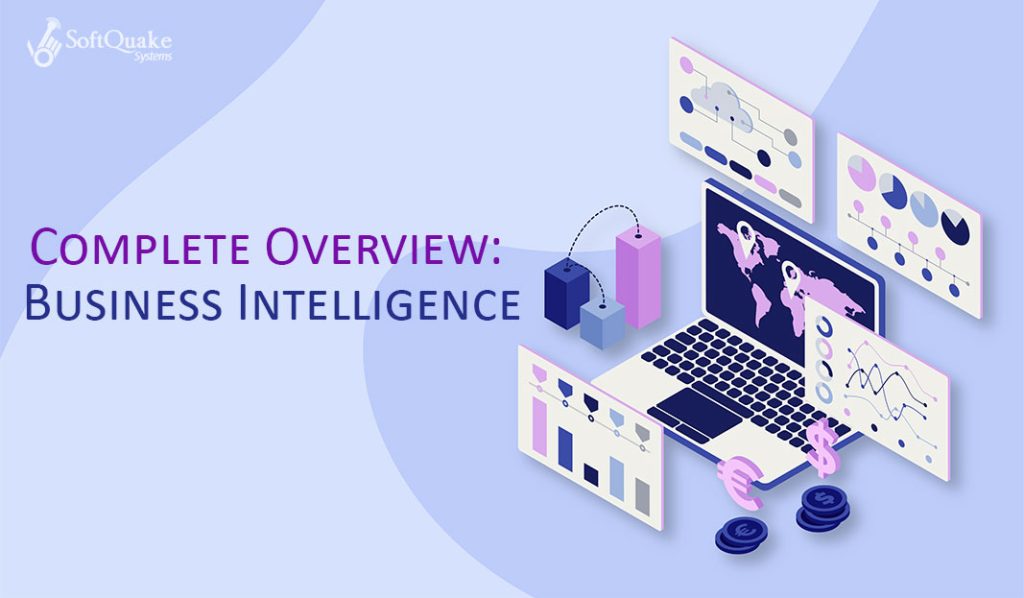
Blood donation is a vital part of healthcare. It is used to treat a wide variety of conditions, including anemia, cancer, and trauma. However, there are a number of problems with the current blood donation and blood banking system. These problems include:
Shortages of blood: There is a constant shortage of blood in many countries. This is due to a number of factors, including the declining number of blood donors, the increasing demand for blood, and the rising cost of blood collection and processing.
Inefficient blood donation system: The current blood donation system is inefficient. It takes time and money to collect, process, and distribute blood. This can lead to delays in patient care and increased costs.
Whereas decentralizing blood donation would allow for a more efficient and equitable distribution of blood. Where the receiver can meet the right donor, and the willing donor can help someone in need at right time.
Tokenizing blood donation and distribution is a process of using blockchain technology to track and trace blood donations. This can improve the efficiency and transparency of the blood donation process, and can also help to ensure that blood is available to those who need it most.
The process of tokenizing blood donation and distribution begins when a donor donates blood. The donor’s blood is then tested and processed, and a unique token is created for each unit of blood. This token is then stored on the blockchain, along with information about the donor, the blood type, and the date of donation.
When a patient needs blood, they can request a specific type of blood from a hospital or blood donation center. The hospital or blood donation center can then use the blockchain to track down the nearest available unit of blood that matches the patient’s needs.
Tokenizing blood donation and distribution has a number of benefits, including:
- Increased efficiency: The blockchain can help to streamline the blood donation process by making it easier to track and trace blood donations. This can help to reduce the time it takes to get blood to patients who need it.
- Improved transparency: The blockchain can help to increase transparency in the blood donation process by making it easier to track the movement of blood from donors to patients. This can help to build trust between donors, patients, and blood donation organizations.
- Enhanced security: The blockchain can help to enhance the security of the blood donation process by making it more difficult to counterfeit or tamper with blood donations.
However, there are also some potential disadvantages to tokenizing blood donation and distribution, including:
- High cost: The cost of implementing and maintaining a blockchain-based system for blood donation and distribution can be high.
- Technical complexity: The technology required to implement a blockchain-based system for blood donation and distribution can be complex and difficult to use.
- Lack of standards: There are currently no standards for how to tokenize blood donation and distribution. This could lead to problems with interoperability and data compatibility.
There are a number of solutions that can be used to address the potential disadvantages of tokenizing blood donation and distribution. These solutions include:
- Government funding: Governments could provide funding to help offset the high cost of implementing and maintaining a blockchain-based system for blood donation and distribution.
- Training: Training could be provided to blood donation organizations and donors on how to use the blockchain-based system.
- Standardization: Standards could be developed for how to tokenize blood donation and distribution. This would help to ensure interoperability and data compatibility.
Overall, tokenizing blood donation and distribution has the potential to improve the efficiency, transparency, and security of the blood donation process. However, there are also some potential disadvantages that need to be addressed. With careful planning and implementation, these disadvantages can be overcome, and tokenizing blood donation and distribution can be a valuable tool for improving the blood supply.


 +91 8420731759
+91 8420731759














